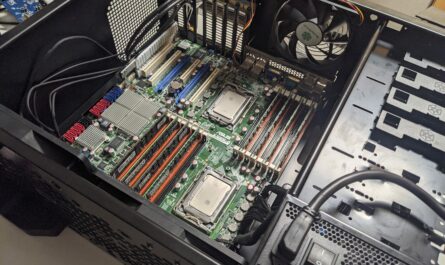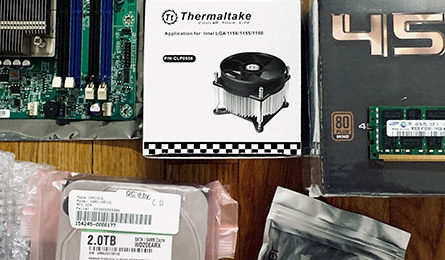In the world of data storage, RAID (Redundant Array of Independent Disks) arrays play a vital role in ensuring data protection, performance, and reliability. RAID technology combines multiple hard drives into a single logical unit, providing various levels of redundancy and performance enhancements. This article serves as a comprehensive guide to understanding different RAID arrays and their characteristics.
RAID 0:
RAID 0, also known as striping, distributes data evenly across multiple drives without redundancy. It offers improved performance by allowing parallel read/write operations. However, RAID 0 lacks fault tolerance, as the failure of a single drive can lead to data loss across the entire array.
RAID 1:
RAID 1, or mirroring, involves creating an exact copy of data on multiple drives. It provides excellent data redundancy, as all drives contain identical information. While RAID 1 offers increased reliability and faster read operations, write performance may be slower due to the need to write data to multiple drives simultaneously.
RAID 5:
RAID 5 stripes data across multiple drives, similar to RAID 0, but also includes distributed parity. Parity information allows for data recovery in case of a single drive failure. RAID 5 offers a balance between performance, storage capacity, and redundancy. However, it has a higher write penalty compared to RAID 0 or RAID 1.
RAID 6:
RAID 6 builds upon RAID 5 by adding an additional layer of distributed parity. It provides fault tolerance for up to two drive failures, offering greater data protection. RAID 6 is suitable for applications that require high fault tolerance, but it incurs a higher write penalty and requires more drives compared to RAID 5.
RAID 10:
RAID 10, also known as RAID 1+0, combines mirroring (RAID 1) and striping (RAID 0). It offers excellent performance and fault tolerance. RAID 10 requires a minimum of four drives, and it can sustain the failure of a single drive in each mirrored pair. However, it has a higher cost per usable storage due to the need for redundant drives.
RAID 50:
RAID 50 combines the striping of RAID 0 with the distributed parity of RAID 5. It requires at least six drives and offers better performance and fault tolerance than RAID 5 alone. RAID 50 is suitable for applications that require high data throughput and reliability.
RAID 60:
RAID 60 combines the striping of RAID 0 with the dual distributed parity of RAID 6. It requires a minimum of eight drives and provides enhanced fault tolerance for up to two drive failures in each RAID 6 group. RAID 60 offers high performance, capacity, and data protection but requires more drives and has a higher cost.
Understanding the different RAID arrays is crucial for determining the optimal storage solution based on specific requirements. Whether it’s prioritizing performance, fault tolerance, or a balance between the two, RAID arrays offer a range of options to meet diverse storage needs. By evaluating the characteristics and trade-offs of each RAID level, organizations and individuals can make informed decisions when it comes to their data storage strategies.



